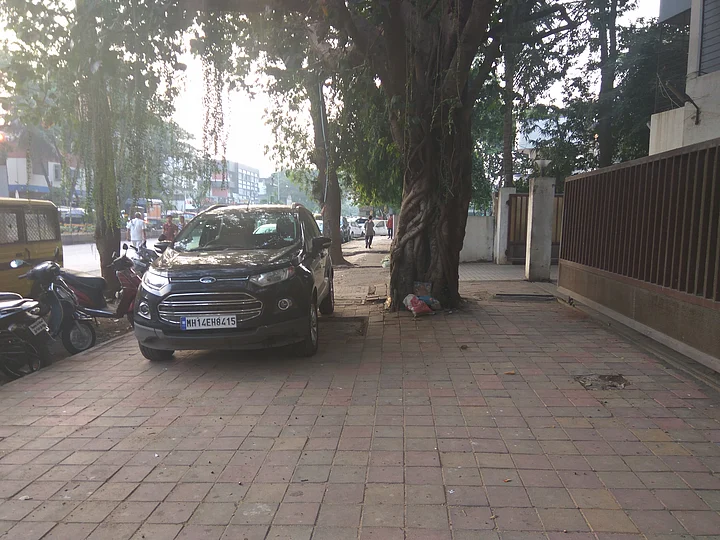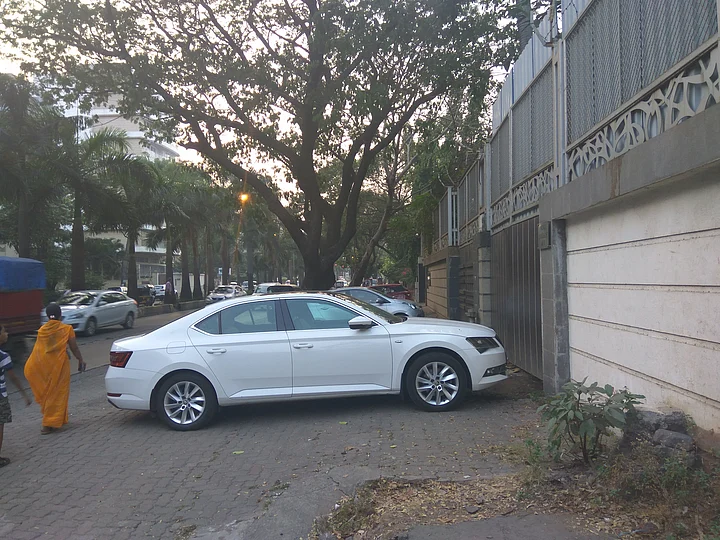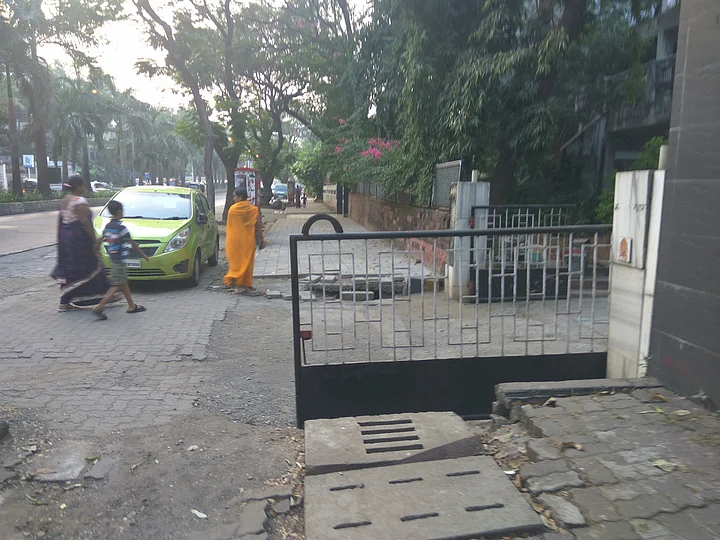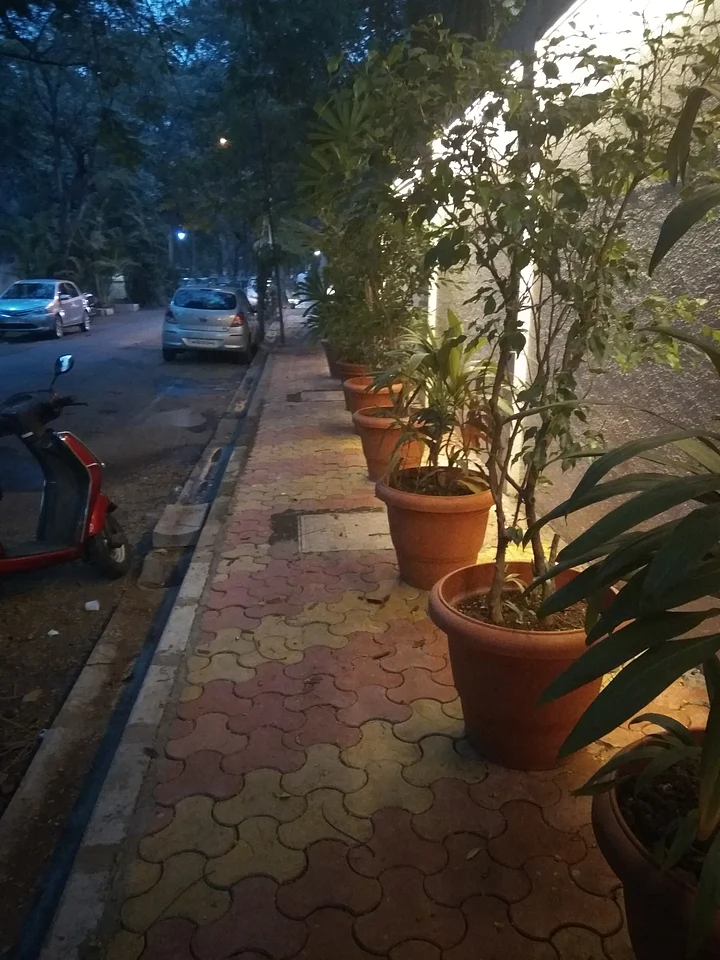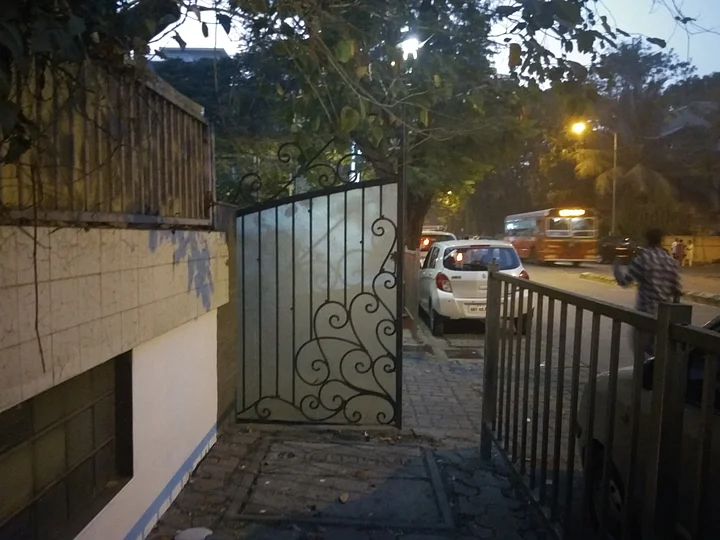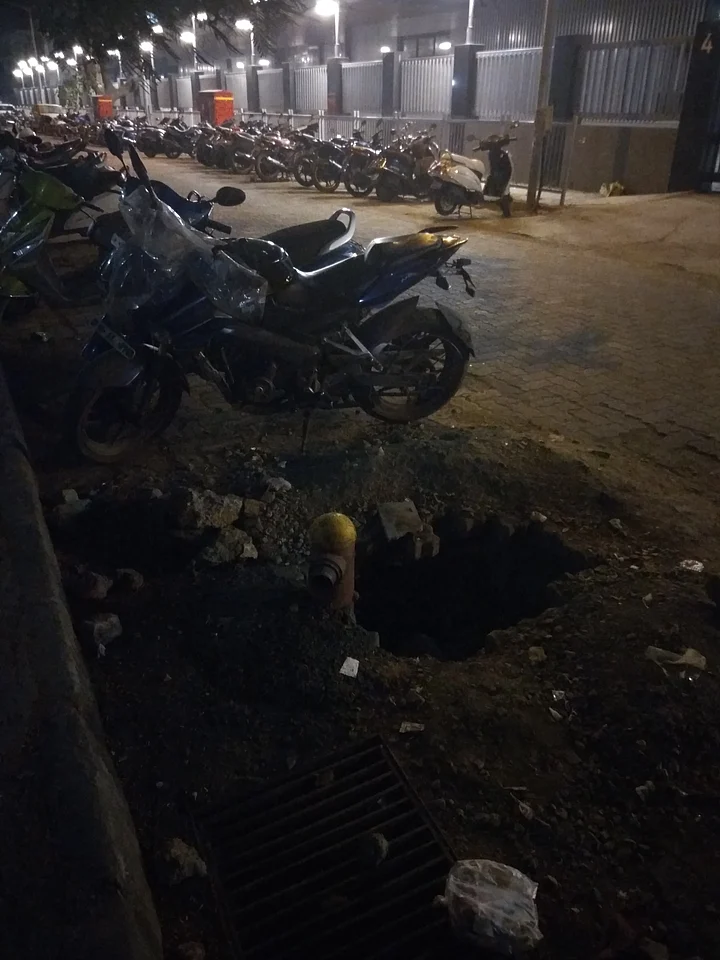On 5 November 2017, Ashok Khale, a champion cyclist and mentor for many within the Indian cycling circuit, was knocked down by a vehicle on the Sion-Panvel highway in Mumbai, as he was cycling from his residence in Dadar to Khopoli. He died in hospital a week later.
A recipient of many national and state-level awards for cycling, 64-year old Khale was fondly known as the ‘King of Ghats’ but finally met his nemesis on the Vashi Bridge in Navi Mumbai, on a route he had cycled many times over. The accident spot is just a few kilometres away from where I grew up in suburban Mumbai.
I have cycled that stretch many times, nursing dreams of professional cycling as a young boy on a BSA Mach-1. Then reality struck. It was too damn dangerous. I changed tack and opted for something much safer – military service.
We are a terrible country for people on the road. Just look at the statistics. As per an official report on road accidents quoted by The Indian Express, 1,50,785 people died in road accidents in 2016.
That’s over 400 people daily – equivalent of a jumbo jet crashing every day. Maximum percentage (37.6 percent) of deaths occurred not on national highways or state highways but on ‘other’ roads. Not surprisingly, cities with large populations accounted for majority of accidents.
Our development plans have brazenly ignored pedestrians and cyclists. Ring roads and flyovers, expressways and metro rails crisscross our country.
But pedestrians and cyclists are left to fend for themselves, even in the heart of cities.
It is a skewed developmental model that incentivises those who pollute and kill, and threatens those who adopt clean and healthy modes of transport, or recreation.
Road Safety – An Alien Concept in India
- 01/06A car encroaches upon a footpath.(Photo: KP Sanjeev Kumar)

- 02/06Where will pedestrians walk if pavements are blocked? Not to mention, broken roads.(Photo: KP Sanjeev Kumar)

- 03/06People are forced to face the threat of rashly-driven cars on the road due to lack of sidewalks / inadequate space on pavements.(Photo: KP Sanjeev Kumar)

- 04/06If you line the already narrow footpath outside your house with potted plants, where will we walk?(Photo: KP Sanjeev Kumar)

- 05/06As it is there is no space for pedestrians to walk comfortably, and to add to their miseries, there are residents who leave their gates open even when there is no need. (Photo: KP Sanjeev Kumar)

- 06/06Potholes make roads veritable minefields, making it unsafe for (Photo: KP Sanjeev Kumar)

Cities are bursting at the seams with over 50,000 vehicles added to the roads every day, pan India. Roads inside cities have turned into death traps for runners and bikers.
Open manholes, rampant encroachment, heaps of garbage, unauthorised places of worship and hawkers, amongst others, force pedestrians and cyclists onto the main road, where they come under the direct threat of rashly driven vehicles.
It’s agonising even for the able-bodied. One can only imagine the plight of the old, infirm and differently-abled. We are not a country for the differently-abled at all. Period. To pin blame for this accident on the driver who knocked down Khale is easy (the ‘Good Samaritan’ who rushed Khale to the hospital has since come under the police scanner as the prime suspect).
India is notorious for the way drivers are initiated to the road. Road safety is all but non-existent. But Khale was no stranger to Indian roads, having cycled the better part of his life.
The fact is, there are simply no cycling tracks left in the city. We have encroached upon them all. As a city becomes more and more unfriendly towards such sports, dedicated cyclists like Khale have no option but to head out of town.
Treacherous Roads
Look around your city. Dig a little deeper and you will realise how we have collectively thrown the likes of Khale under the bus. This is what I saw during a short walk today in Juhu, one of the most upscale localities of Mumbai and home to some of Mumbai’s wealthiest. Cycling? Even walking is treacherous here.
In a bustling metropolis like Mumbai, nobody has the time to stop and ponder over the death of a veteran cyclist. Sadly, it’s just another data point. Life goes on. But what do we tell our children? Throw away your cycles and take up golf? After all, golf balls follow a more predictable trajectory than the vehicles on Indian roads. Or sit at home and play video games? Infinitely safer.
Today, it’s not the ISIS or global warming that I worry about as a parent. It is whether children can go out to town and return safely without falling victim to the veritable minefield that the world outside our gated communities have become.
No Country for Cyclists
With Ashok Khale’s death, some young Indian child’s dream of cycling in the Olympic Velodrome has been laid to rest. I often see young techies, with great hope, investing in imported cycles and pedalling to work on the IT corridor along Sarjapur Road in Bangalore. I silently pray for their safe return home as they weave through uncaring traffic on roads that don’t have an inch of pavement left. We are no country for cyclists.
Is the panacea for a country of billion-plus people high-speed expressways, bullet trains and more vehicles on the road? Where are the walking and cycling tracks in public spaces? Is this the development model with which we aim to become a ‘developed’ country?
Something is drastically wrong with our town planning (if there is one). A well-planned city provides ‘space’ for everybody to go about their lives without being bullied or run over.
With a demography like ours where more than 65 percent of the population is under the age of 35, what incentive have we provided for the young and old to walk or pedal to their workplace, or take up sports like running or cycling?
Where Do the Middle-Class Go to Run or Cycle?
A few early morning forays onto Bangalore’s roads left me shocked and discouraged by the menace of stray dogs snapping at the ankles, potholes waiting to swallow you, and speeding vehicles. Many refuse to be beaten down so easily. I wish them good luck.
Rohini Nilekani observed quite aptly in a recent article in TOI that the affluent have unplugged from the basic services that the Indian State is supposed to provide, while the poor and lower middle-class have gotten used to the below-par public services and facilities.
In any case, their voices don’t count for much. So while the rich take off to exotic destinations to avail their biking or hiking vacations, middle-class heroes like Khale, who are driven by pure passion and little else, are crushed under the wheels of a city turning on itself.
Soulless Streets Stained With the Commoner’s Blood
The city planners who put highways before pavements, the affluent who encroach on pavements, builders who collude with authorities to turn our cities into soulless concrete monstrosities, citizens who feel the solution lies in bigger and faster cars, civic authorities who failed to protect our public spaces, and successive governments that measured development in miles of bitumen – all of them have a few drops of Khale’s blood on their hands.
Shame on you. Don’t pass on the blame. It rests right there at your doorstep. Rest in peace, Ashok Khale.
(Capt KP Sanjeev Kumar is a former navy test pilot and blogs at www.kaypius.com. He has flown over 24 types of fixed and rotary wing aircraft and holds a dual ATP rating on the Bell 412 & AW139 helicopters. 'Kaypius' as he is widely known in his circles, flies in the offshore oil & gas division of a leading helicopter services company. Views expressed in this article are personal. The Quint neither endorses nor is responsible for the same. The article was first published on kaypius.com and is being re-published with the author's permission.)
(Breathe In, Breathe Out: Are you finding it tough to breathe polluted air? Join hands with FIT to find #PollutionKaSolution. Send in your suggestions to fit@thequint.com or WhatsApp @ +919999008335)
.jpg?rect=0%2C0%2C2000%2C1125&auto=format%2Ccompress&fmt=webp&width=720)
